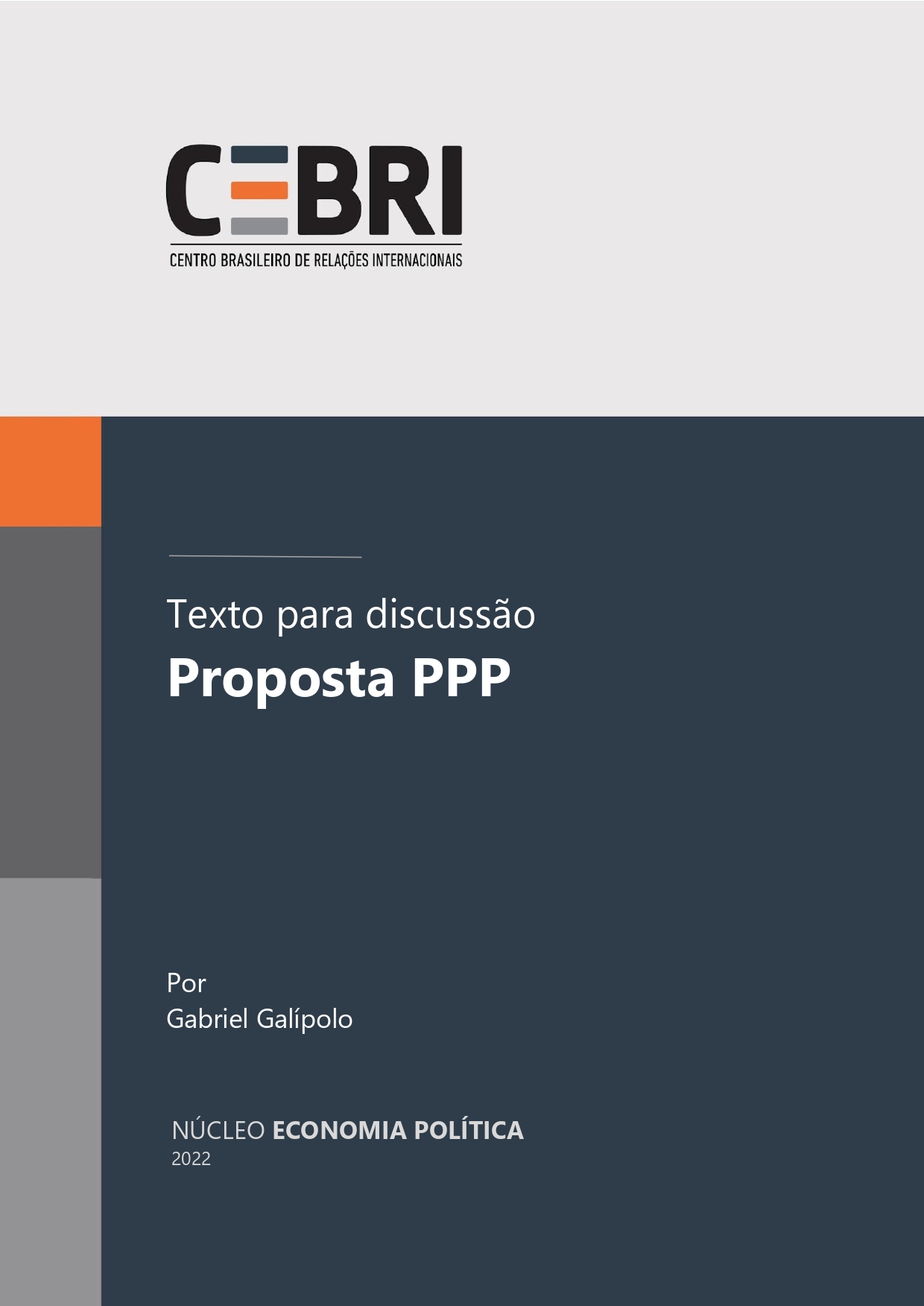Studies and Research
PPP Proposal
- 23 november 2022
This discussion text intends to discuss the PPP (Public-Private Partnership) proposals, approaching points of complementarity between public and private, and not treating such links as excluding oppositions. Considering the differences between the two types of PPPs (administrative and sponsored concessions), the advantages and risks of public-private partnership contracts are explored. It is not intended here to formulate a final and hermetic proposal on PPP, but to relate synergistically, instead of rivalling, the profitability of companies and the fulfilment of democratic and social aspirations. It seeks to integrate State and market in policies that make sense not only for GDP growth, but also to collaborate in building the desired society.
Institutional Partnerships:
FIESP
This discussion text intends to discuss the PPP (Public-Private Partnership) proposals, approaching points of complementarity between public and private, and not treating such links as excluding oppositions. Considering the differences between the two types of PPPs (administrative and sponsored concessions), the advantages and risks of public-private partnership contracts are explored. It is not intended here to formulate a final and hermetic proposal on PPP, but to relate synergistically, instead of rivalling, the profitability of companies and the fulfilment of democratic and social aspirations. It seeks to integrate State and market in policies that make sense not only for GDP growth, but also to collaborate in building the desired society.
Institutional Partnerships:
FIESP


